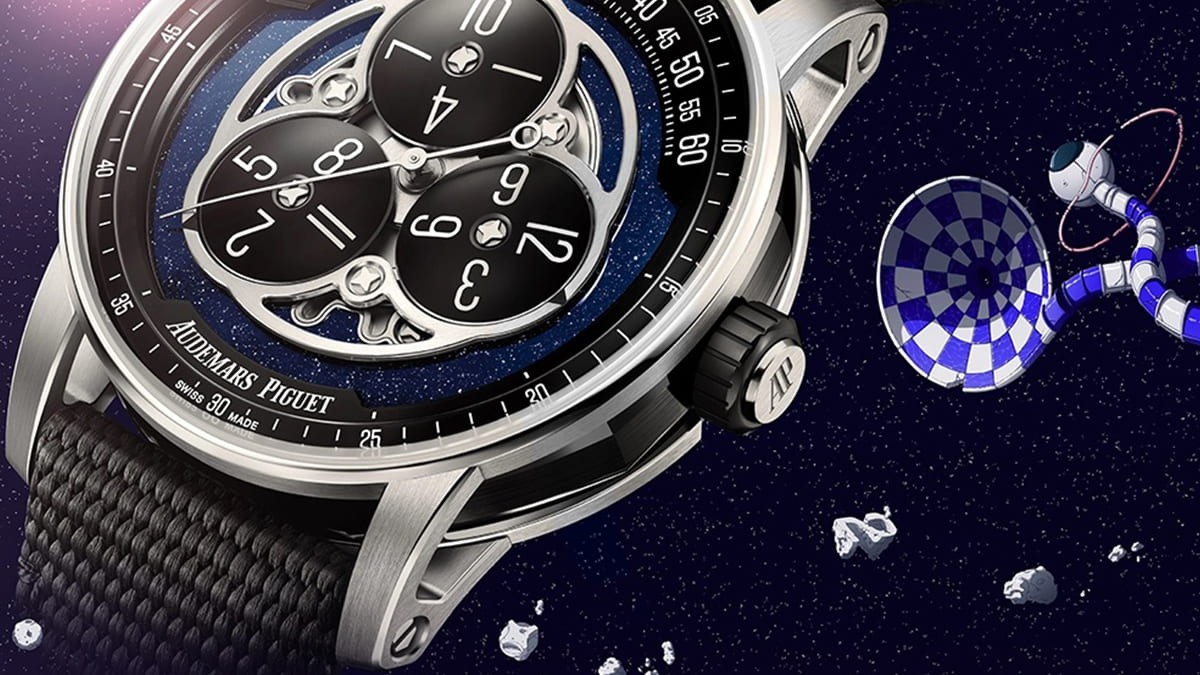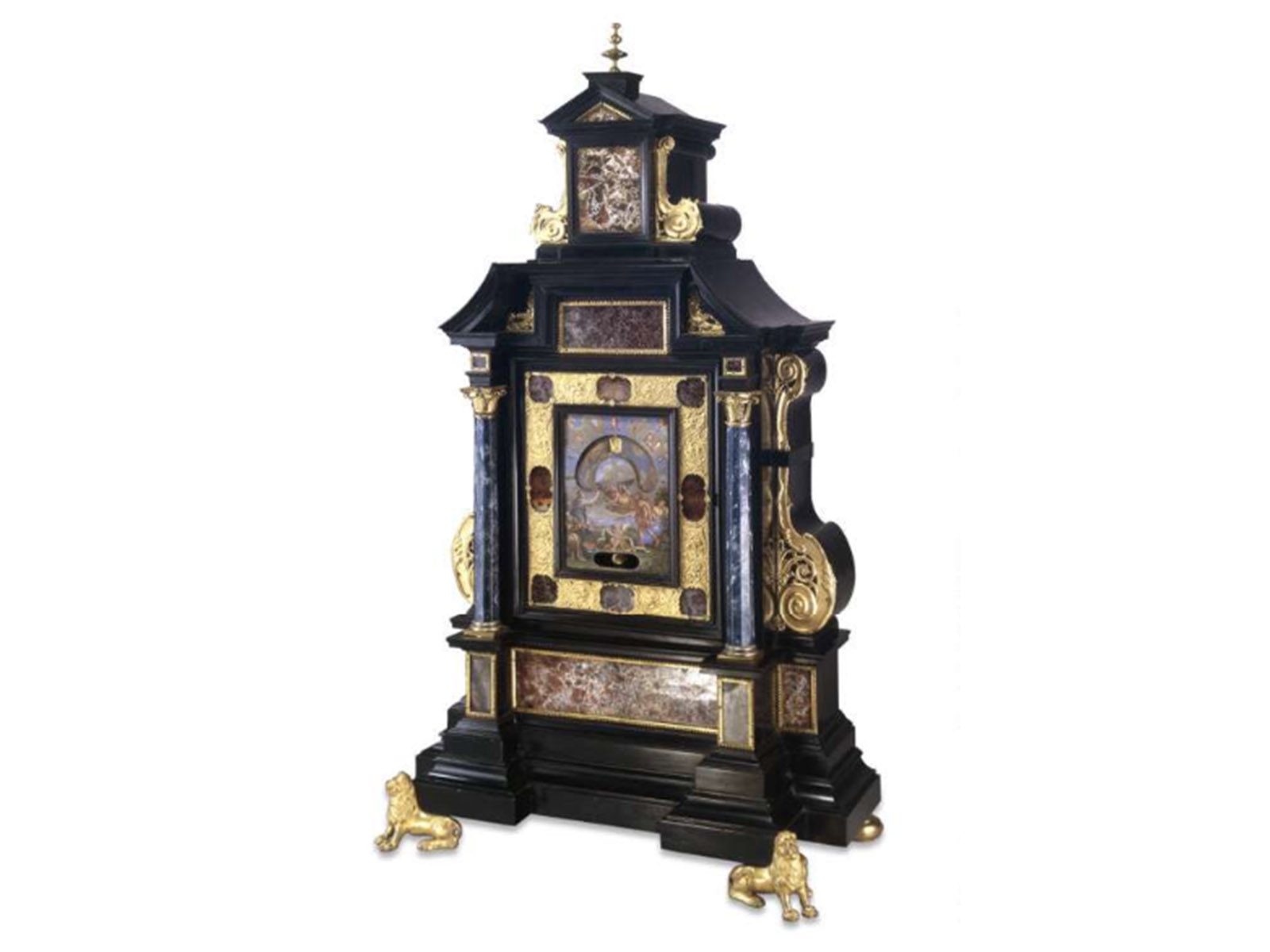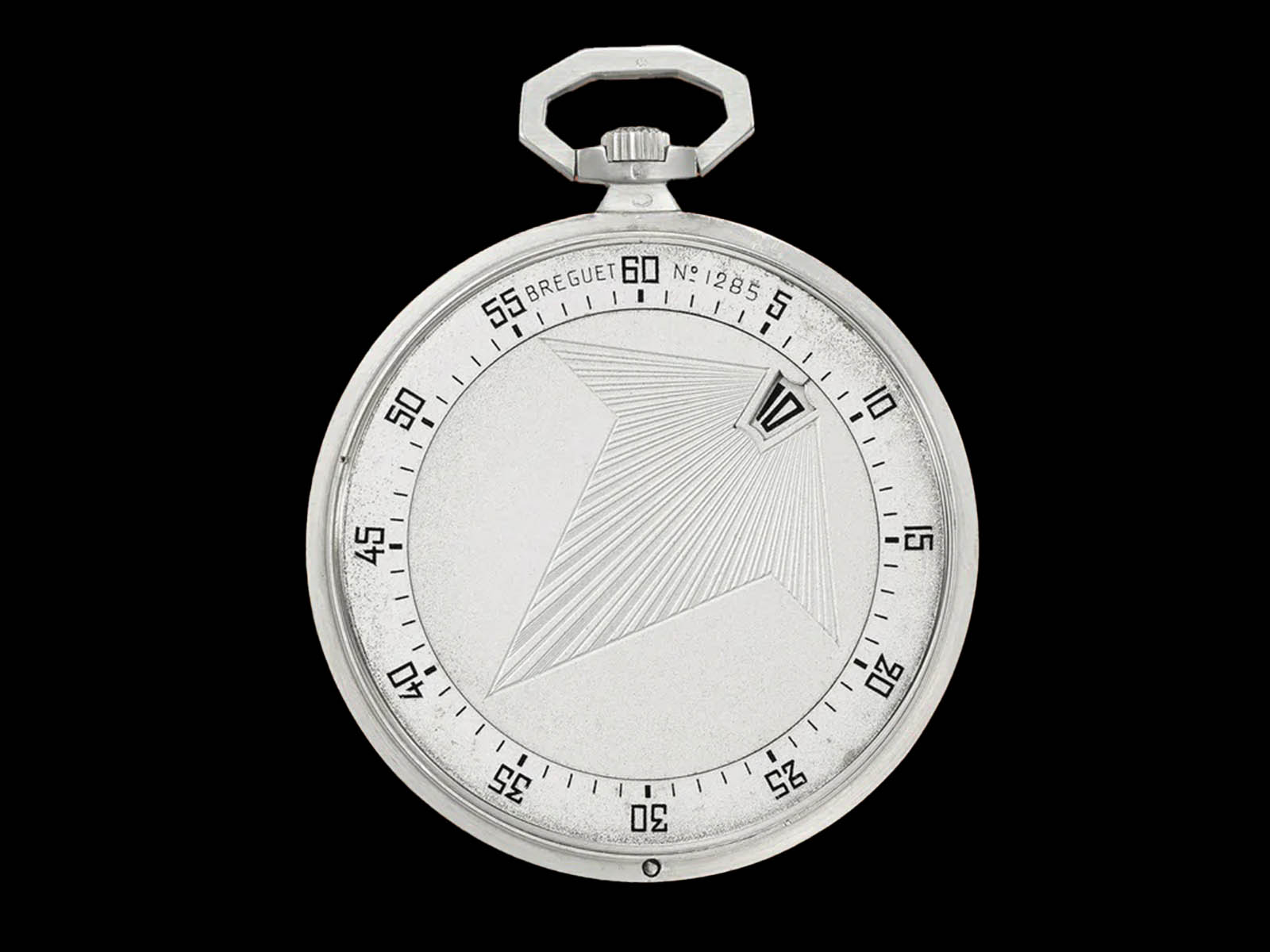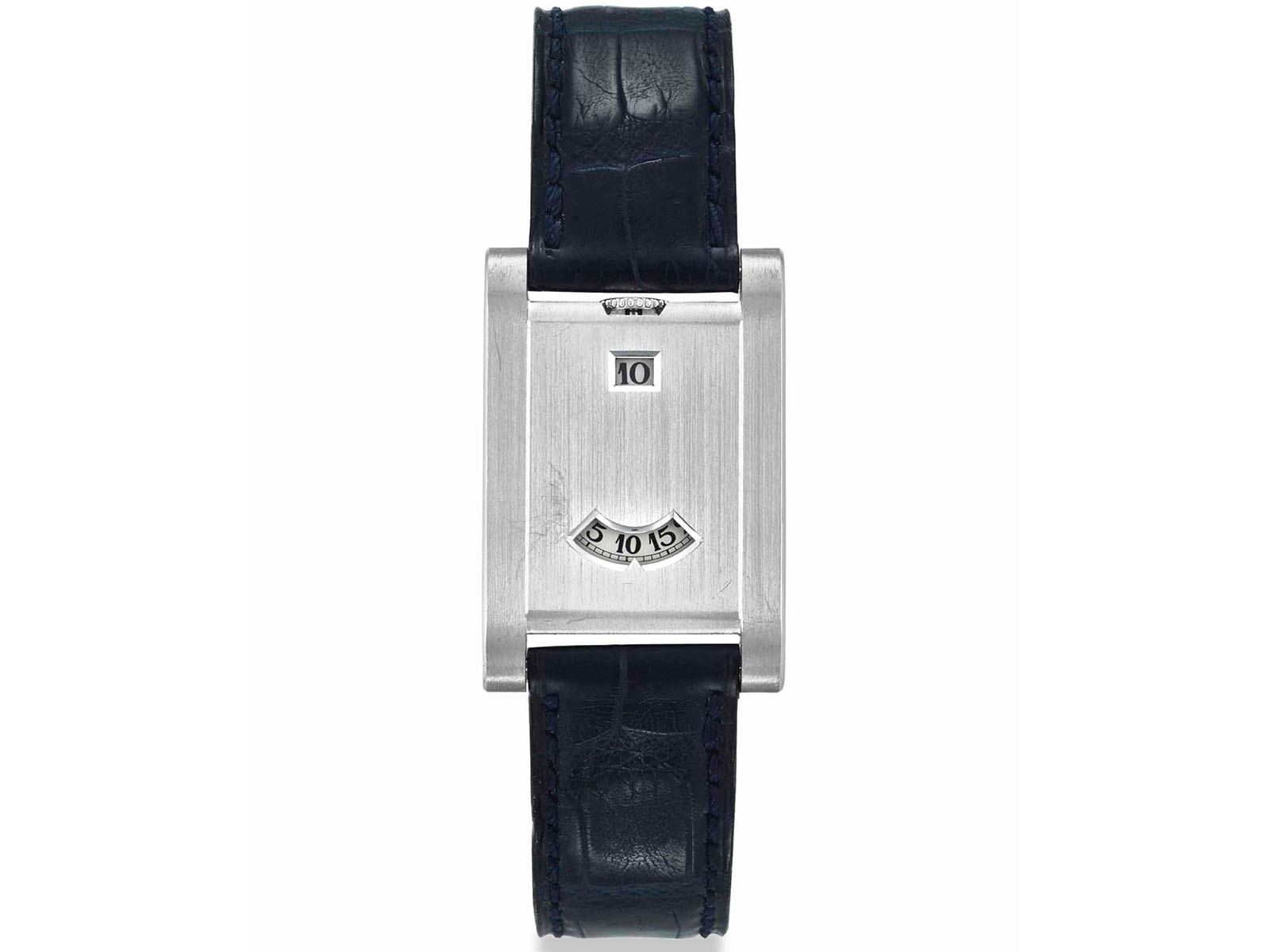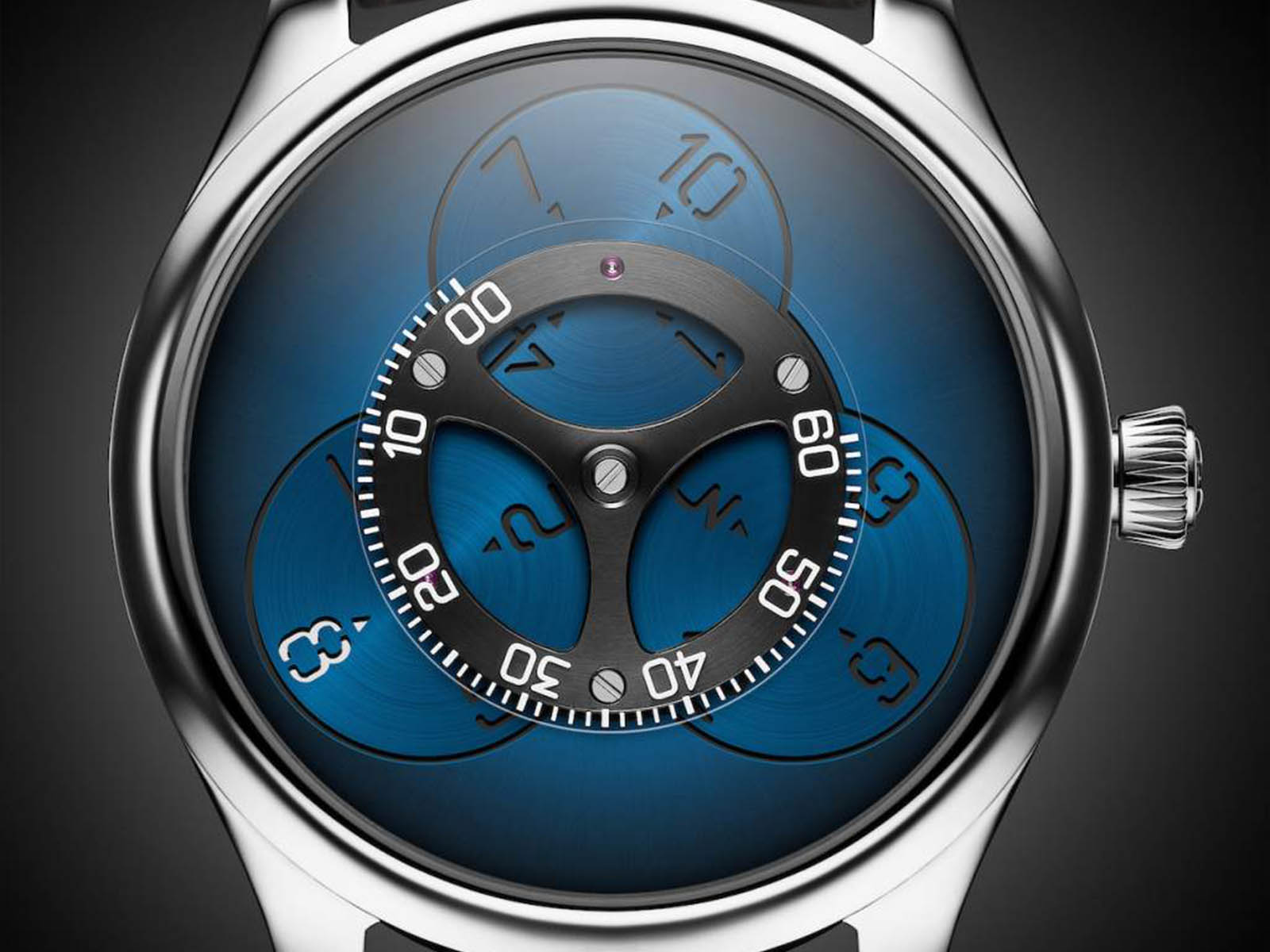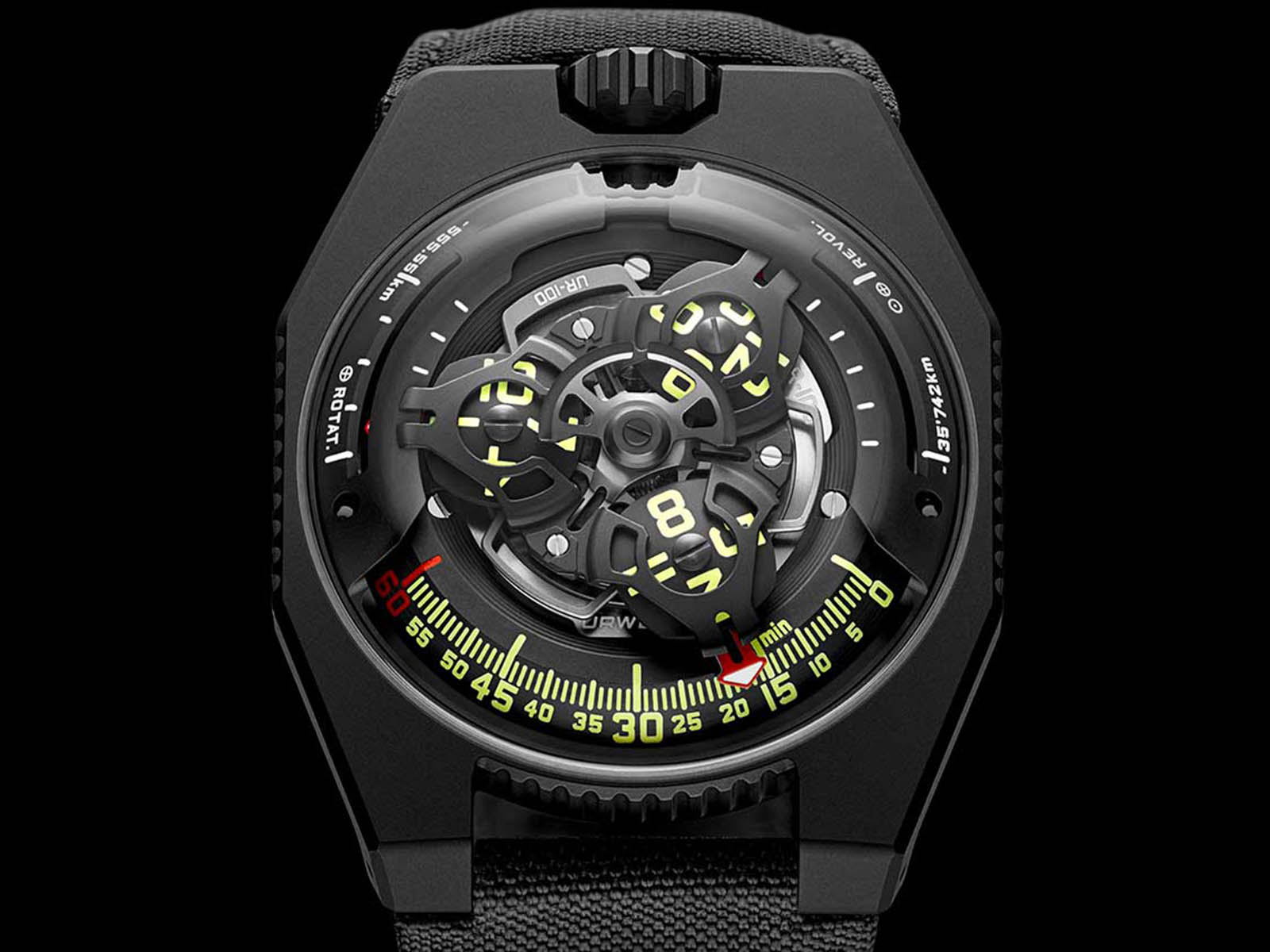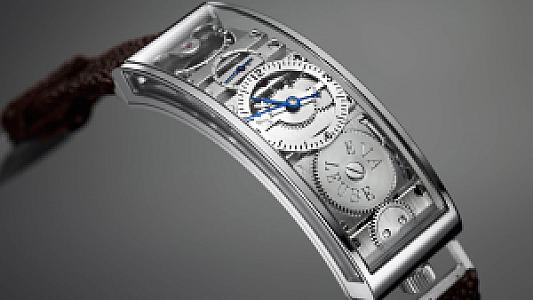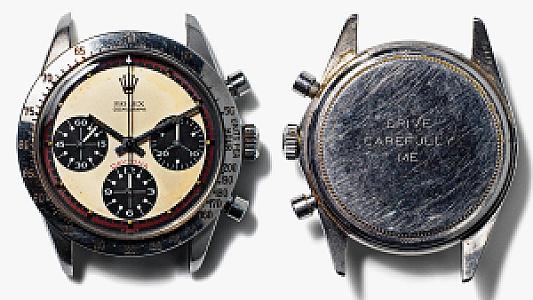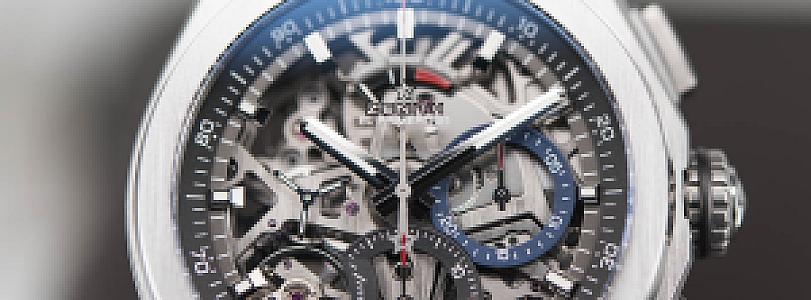Today we look at an unusual complication. It's as radical as if it came from outer space, yet so classical and even conservative. Introducing Star wheel.
The beginning of the story is quite interesting. Pope Alexander 7, who took office in 1655, was in great trouble. The loud ticking of the big clock in his room was disturbing the Pope's sleep. On top of that, it was also impossible to read the clock in the dark. The Pope lamented Cardinal Barberini. Barberini listened to these concerns and passed them on to the Campani brothers, who were Roman watchmakers.
A brand new escapement has been developed for the silence of the watch. Controlled by a short pendulum thanks to the mechanism called the silent crank, the clock operated much quieter with the uninterrupted rotation of the escapement. Well, how would a dial that is legible enough to be seen at night be made when, let alone Super-Luminova, tritium, and even radium were more than 250 years away from being used in watches?
A simple but effective solution was found to ensure the night legibility of the watch. A kerosene lamp would illuminate the dial from behind in the cabinet. The smoke of the lamp would come out of the chimney(!) of the clock. Fortunately, the brothers decided to take the legibility game one step further.
Inspired by the theory proposed by Johannes Kepler at the beginning of the same century, which describes the continuous rotation of the planets, watchmakers thought of an ingenious method of displaying time. Like dividing life into stages, the Campani brothers divided the dial into quarters. The Roman numerals on the copper dial appeared in a very different way than the usual time display methods. The aim was to reduce the complexity of the dial a little bit and to read the time more quickly. As a result of these efforts, the star wheel complication was born.
Before I continue with the details of the applications of this extraordinary idea in the world of watches, I would like to give some information about the mechanism itself. First of all, you can think of this system as a module added to the movement later. Normally, the hour, minute, and second hands, if any, are driven from the same system, only when moving from large to small, the speed is increased by 1 to 60. In the star wheel complication, there is no hour hand, and the minute hand is slowed down inversely with the number of discs. Preferably, 3 or 4 discs are placed on the shaft that rotates the hour hand. The angle of the window to be opened on the dial is determined by dividing 360 by the number of discs. Dividing 12 hours by the number of discs gives the number of hours on each disc.
Let's explain the movement with an example. Suppose you want to show the time with 3 discs. So, 120 degrees, which we get when we divide 360 degrees by 3, gives us the arc angle of the window in the dial. So we're going to display time over one-third of the dial. We divide 12 hours by 3 and the number 4 we find gives us the number of numbers we need to place on each disc. Of course, we do not place these numbers randomly or sequentially. The rule is that the numbers on the disc are positioned by jumping as much as the number of discs. So if there are 4 numbers on a disc, they are written as 1, 1+3, 1+3+3, and 1+3+3+3. Like 2, 2+3, 2+3+3... on the other disc.
So, what is the reason for this jump? Let's take the disk with 1 written on it. There is 1:00 at the beginning of the window, which provides a 120-degree minute display, and 1:59 at the end. After 1:59, the part of the next disc showing the number 2 starts its task. It then finishes the 3 written disk tasks. Our next hour is 4, but this number is on the same disk as 1. So, the disc containing the numbers 1, 4, 7, and 10 turns around at some point as it finishes the time display and continues its tour. For this rotation, the star-like wheel and spring mechanism placed under the discs are used. The pins placed under the dial almost trip these wheels and enable the discs to rotate.
Isn't it simple? So glamorous and romantic! By the way, the jump hour complication, which works with very similar logic, is derived from here. The star wheel is used in some pocket watches by Breguet and Vacheron Constantin in the 1920s. We see the jump hour feature in many brands from the 30s to the 80s.
When it comes to the 1990s, Audemars Piguet, one of the most important names in Swiss watchmaking, meets watch lovers with a unique model. Equipped with the Caliber 2124 based on the JLC Caliber 889 and with the star wheel module developed by AP, the watch remained in production until 1996. Let me tuck in some information. It is possible to see a lot of JLC signatures on Audemars Piguet's movements. For a long time, AP owned 40 percent of JLC. Later, these shares were purchased by the Richemont group from AP.
Anyway, let's continue where we left off. APs with the same movement and different dial and case combinations were also presented to the fans of the brand and the complication. In 2000, Audemars Piguet once again included the star wheel complication in its discontinued Edward Piguet and Millenary collections.
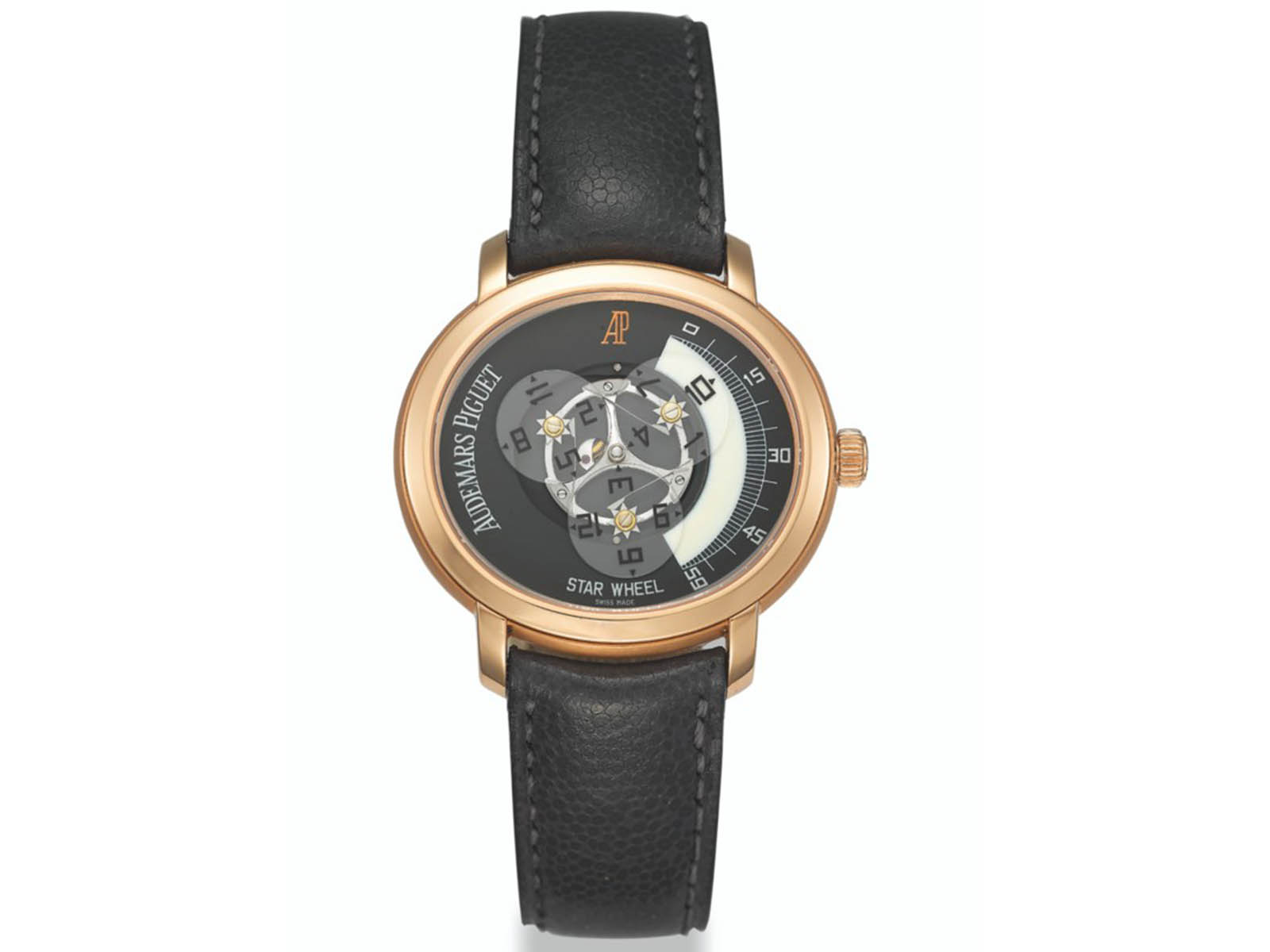
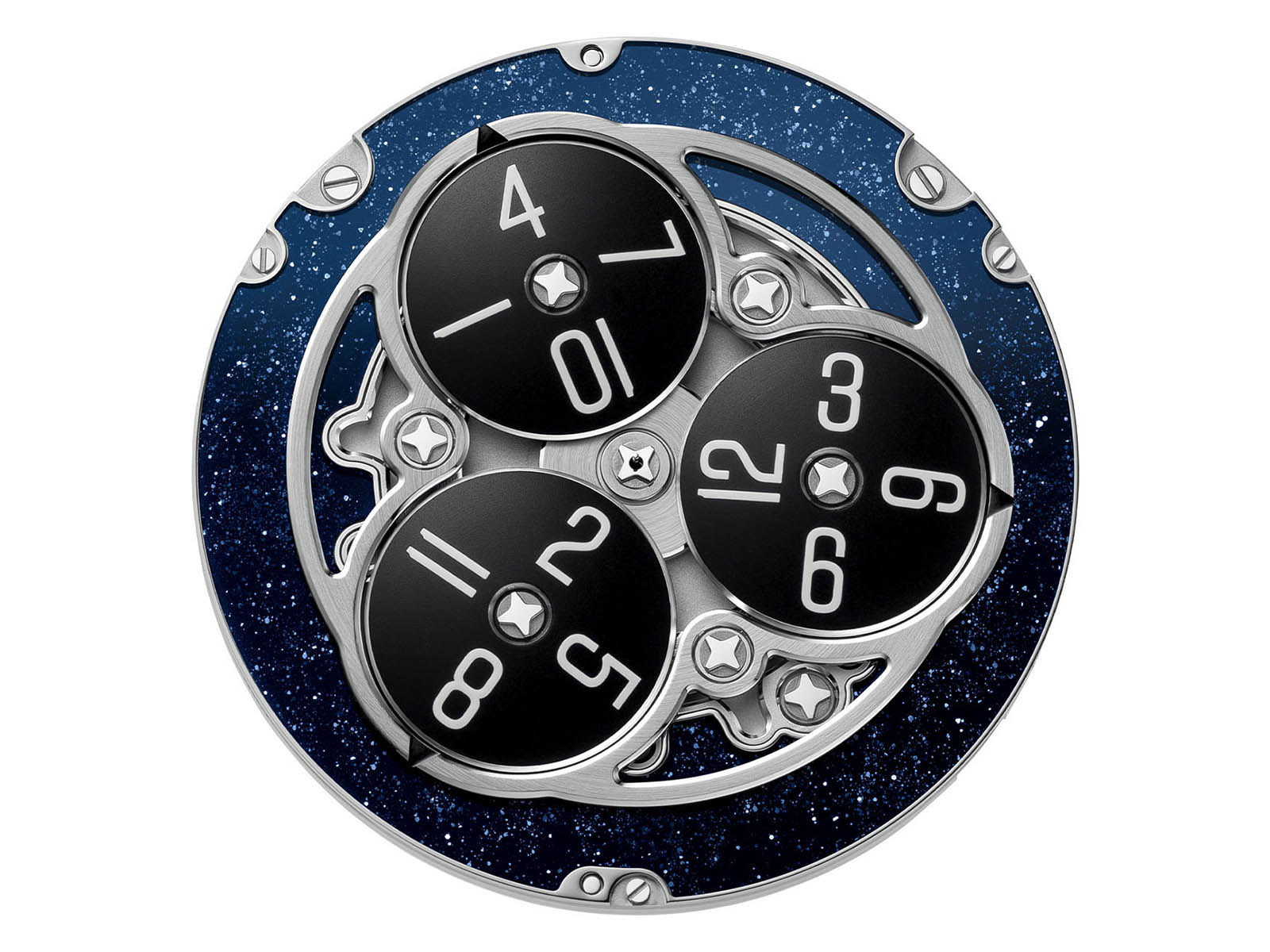
In fact, the reason for me to write this article came from Audemars Piguet. The brand's relatively new series, Code 11.59, has added a brand new version to its family: Code 11.59 by Audemars Piguet Starwheel (15212NB.OO.A002KB.01). The new model has a 41mm diameter case made of 18K white gold and black ceramic. The water resistance value of the model, which is completed with double-angle sapphire crystal unique to the Code series, is stated as 30 meters. At the heart of the 10.7mm thick watch is the in-house produced automatic Caliber 4310. The star wheel module of the movement, which has a 70-hour power reserve, was also produced with the expertise of Audemars Piguet.
Today, it is possible to come across a few manufacturers producing watches with a star wheel complication. Arnold & Son Golden Wheel, H. Moser & Cie. Endeavor Flying Hours, and Gorilla Drift are some of these examples.
Urwerk, one of the representatives of the star wheel in the stars, deserves a completely different article, with its unique interpretation and special watches.
